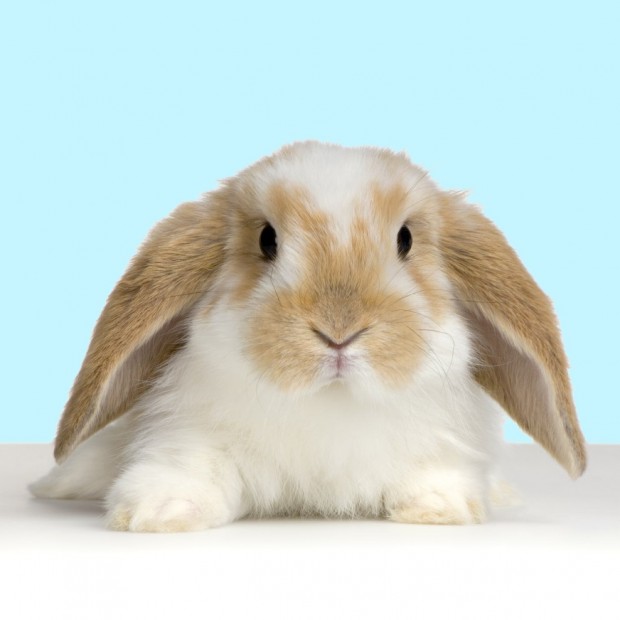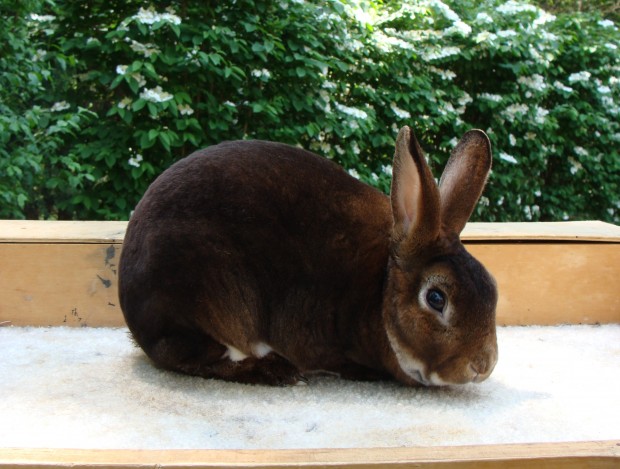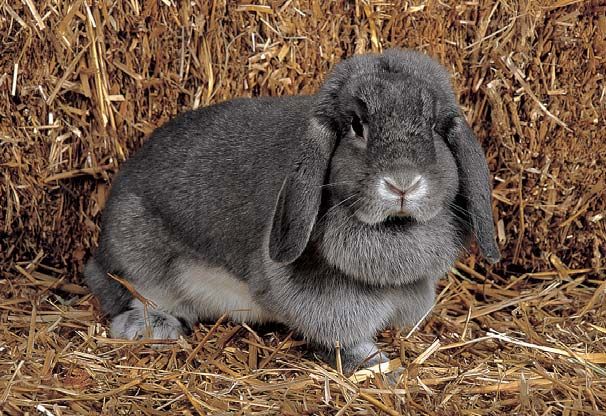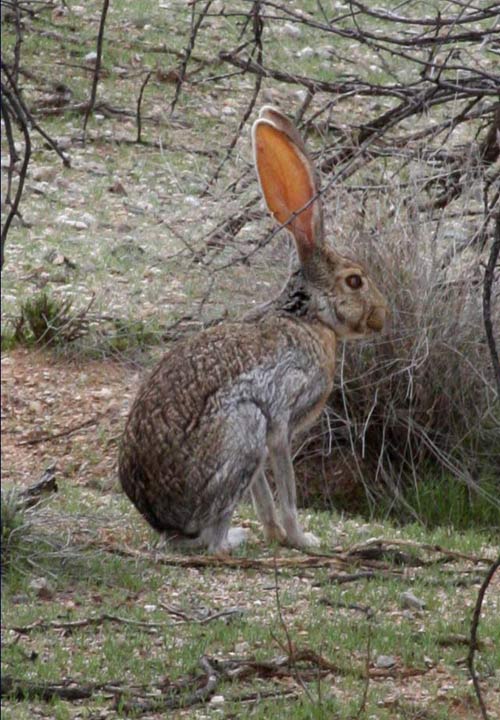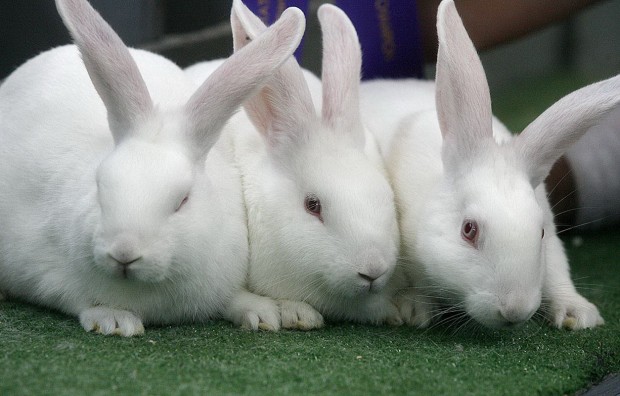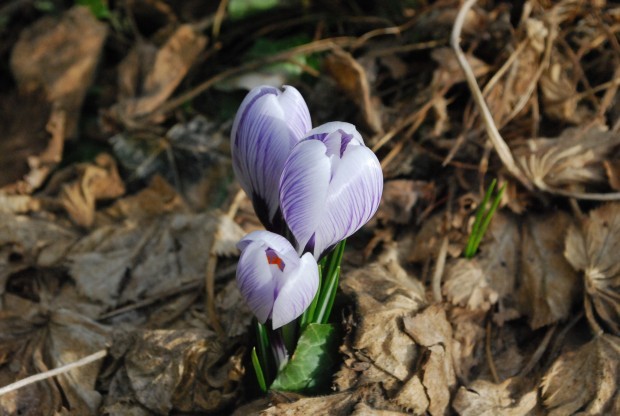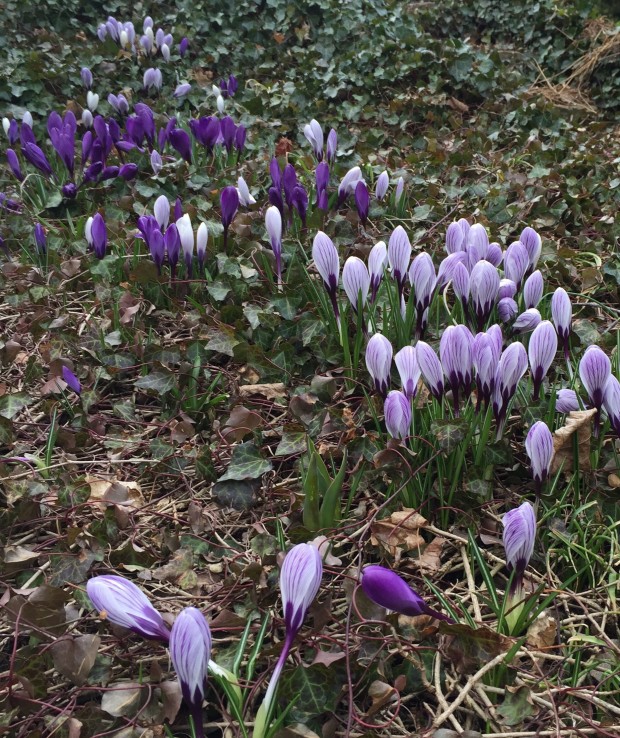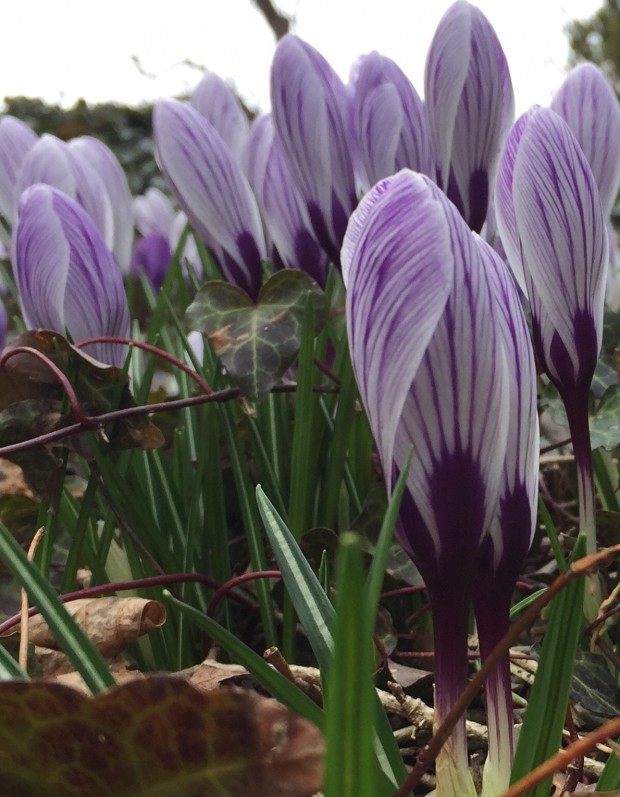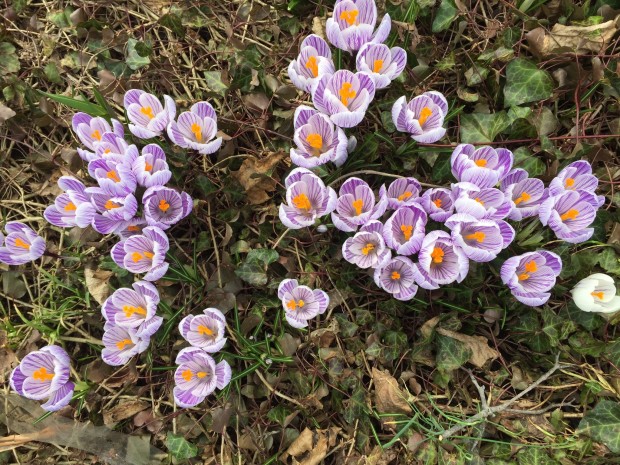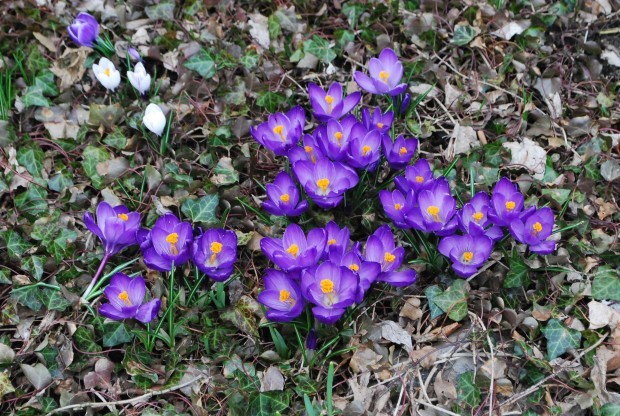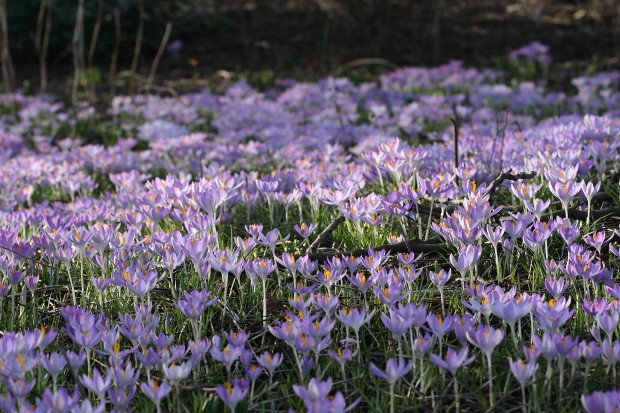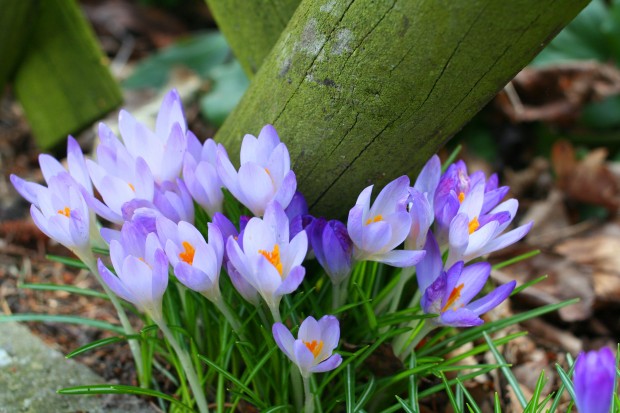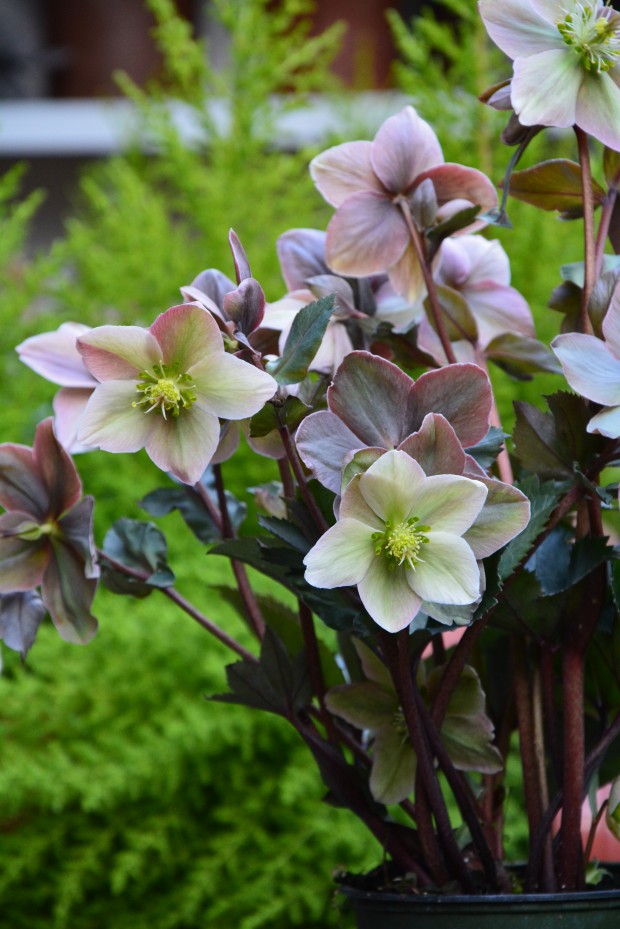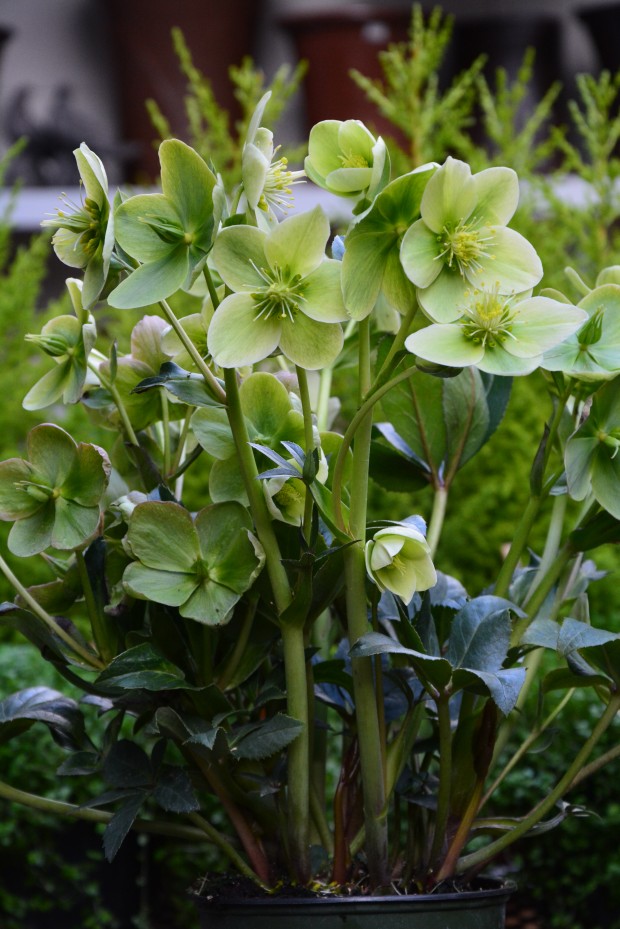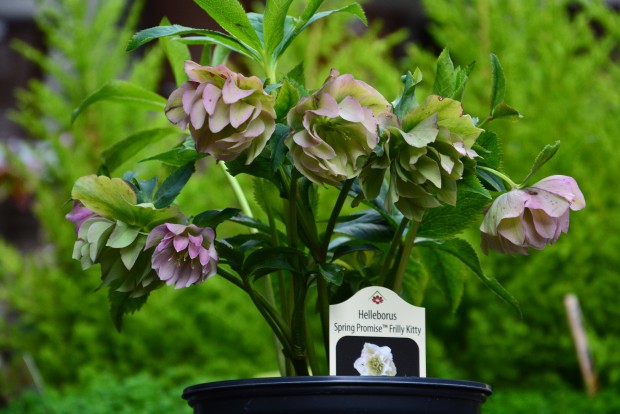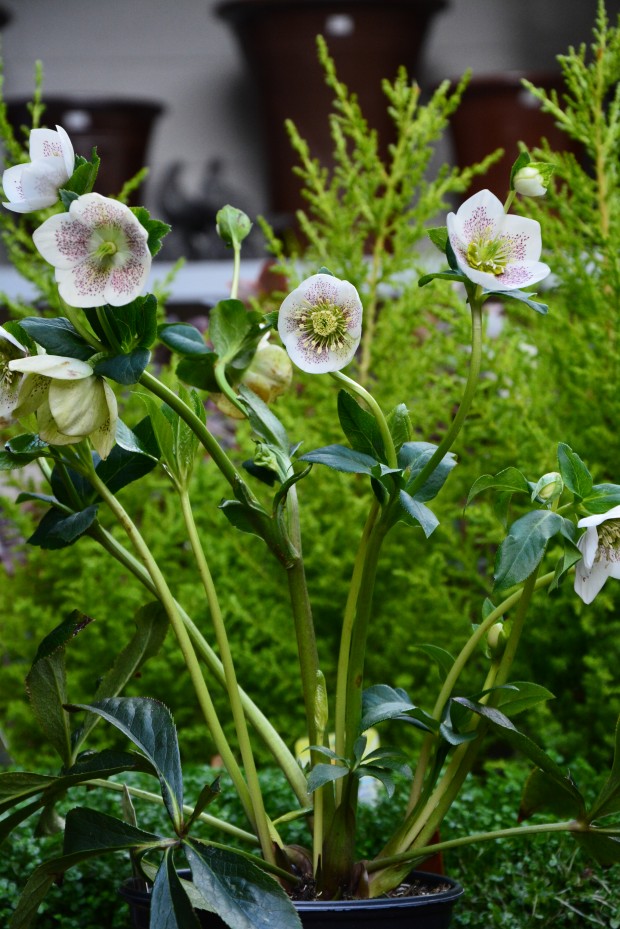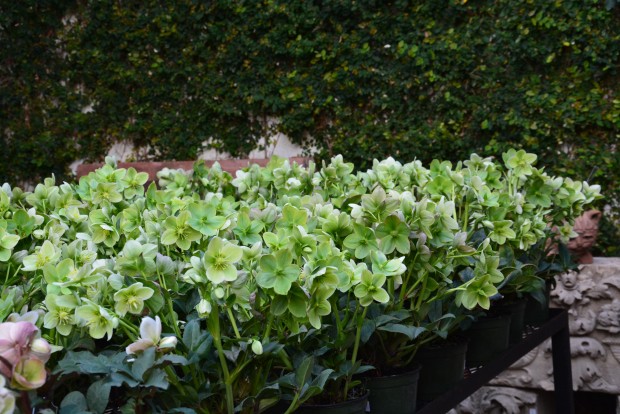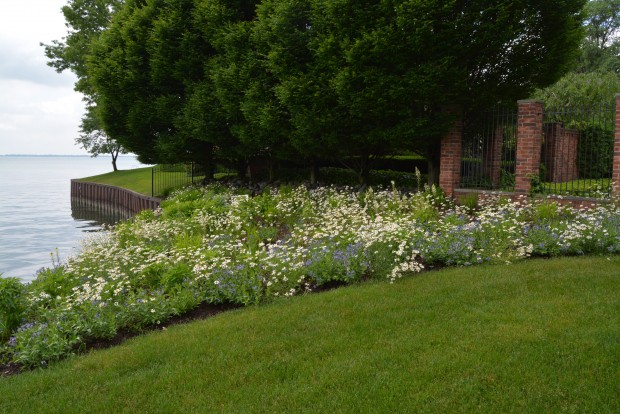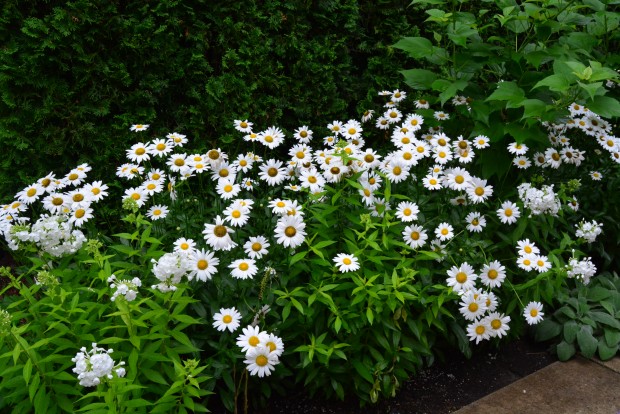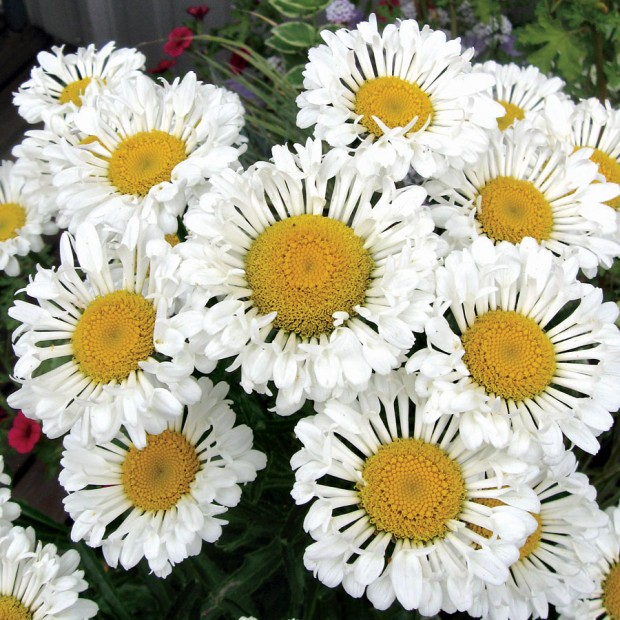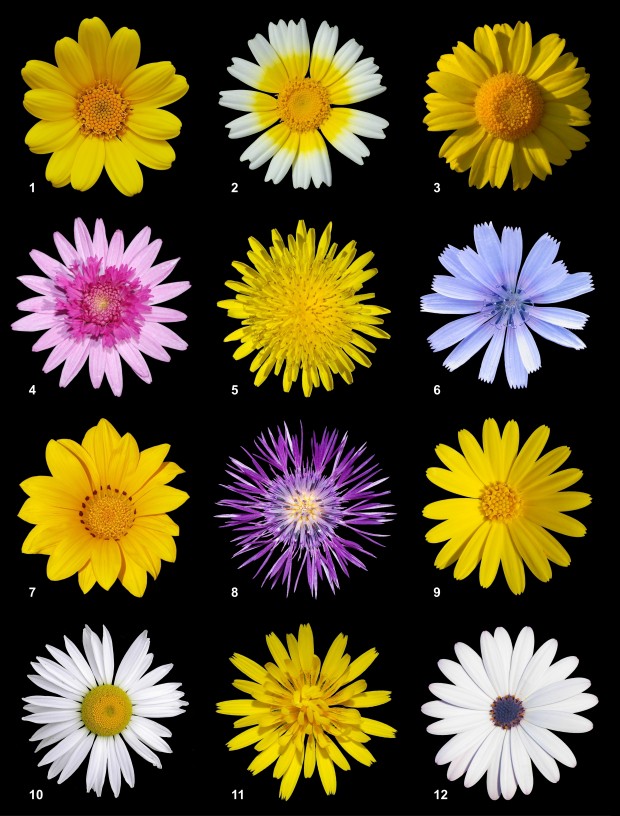 My first Easter with Buck produced a giant pink stuffed rabbit. It was an Easter gift to me. It was spectacularly big and fluffy, and would have made a quite charming addition to a nursery-a nursery of the baby human sort. I was a little taken aback, but I did not want to appear ungrateful. I casually asked him about it over our Easter dinner. He had plenty to say about them. Rabbits are the most non confrontational animals on the planet. They eat lettuce. They are squeaky clean vegan creatures. Even their poop is polite-little perfectly formed pellets. They are soft, cuddly, and have eyes that could melt a heart of stone. They are just plain cute.Buck built a rabbit condo in the mid 1980’s. He found two rabbits at a garage sale, and bought them. Luckily, both rabbits were the same sex. There would be no baby bunnies. Of course the rabbits needed a house. The house was basically a large box, constructed from beveled cedar siding, with a hip roof structure on the back side. Half of the hutch was completely enclosed. The hardware cloth floor was with covered with straw. A pair of mouse hole shaped doorways permitted travel from the covered portion of the hutch, to the open air terrace. The roof was hinged, and could be raised up, so the straw layer could easily be replaced. All this for a pair of rabbits.
My first Easter with Buck produced a giant pink stuffed rabbit. It was an Easter gift to me. It was spectacularly big and fluffy, and would have made a quite charming addition to a nursery-a nursery of the baby human sort. I was a little taken aback, but I did not want to appear ungrateful. I casually asked him about it over our Easter dinner. He had plenty to say about them. Rabbits are the most non confrontational animals on the planet. They eat lettuce. They are squeaky clean vegan creatures. Even their poop is polite-little perfectly formed pellets. They are soft, cuddly, and have eyes that could melt a heart of stone. They are just plain cute.Buck built a rabbit condo in the mid 1980’s. He found two rabbits at a garage sale, and bought them. Luckily, both rabbits were the same sex. There would be no baby bunnies. Of course the rabbits needed a house. The house was basically a large box, constructed from beveled cedar siding, with a hip roof structure on the back side. Half of the hutch was completely enclosed. The hardware cloth floor was with covered with straw. A pair of mouse hole shaped doorways permitted travel from the covered portion of the hutch, to the open air terrace. The roof was hinged, and could be raised up, so the straw layer could easily be replaced. All this for a pair of rabbits. 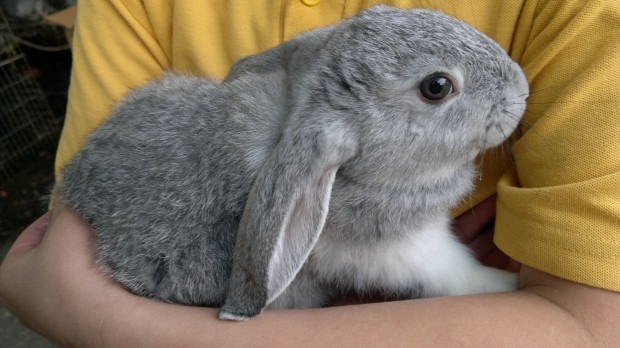 I have a client who had a pet rabbit for almost a decade. This rabbit had a name, and a house. He ran around inside, and as he got older, outside. He would take a carrot, or a lettuce leaf from my hand. He was a big warm furry and utterly peaceful beast who bore no one any ill will. He was perfectly content for me to hold him, just like the Flemish giant blue bunny pictured above.
I have a client who had a pet rabbit for almost a decade. This rabbit had a name, and a house. He ran around inside, and as he got older, outside. He would take a carrot, or a lettuce leaf from my hand. He was a big warm furry and utterly peaceful beast who bore no one any ill will. He was perfectly content for me to hold him, just like the Flemish giant blue bunny pictured above.
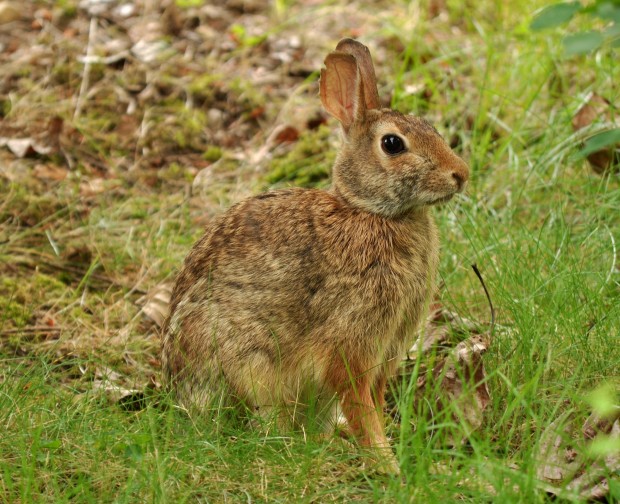 Rabbit species are many, and are indigenous to ecosystems world wide, one of which is the Eastern cottontail pictured above.Even my back yard. I spotted a rabbit of incredible size out of my bathroom window last week-I could not believe the size. Later that early morning, I spotted the damage to my early spring garden. Crocus flowers were sliced off. That rabbit even sliced off hellebore flowers. Astonishing, given that hellebores are poisonous. Deer, which will eat just about anything in the landscape, won’t touch them. Rabbits (forgive me Buck) are rodents. Their teeth are formidably adapted to slice through any stem. What was even more irritating was the fact that what was chomped off was still laying there on the ground. As in the best and biggest big stem of a double white flowering hellebore I have been coaxing along for several years.
Rabbit species are many, and are indigenous to ecosystems world wide, one of which is the Eastern cottontail pictured above.Even my back yard. I spotted a rabbit of incredible size out of my bathroom window last week-I could not believe the size. Later that early morning, I spotted the damage to my early spring garden. Crocus flowers were sliced off. That rabbit even sliced off hellebore flowers. Astonishing, given that hellebores are poisonous. Deer, which will eat just about anything in the landscape, won’t touch them. Rabbits (forgive me Buck) are rodents. Their teeth are formidably adapted to slice through any stem. What was even more irritating was the fact that what was chomped off was still laying there on the ground. As in the best and biggest big stem of a double white flowering hellebore I have been coaxing along for several years.
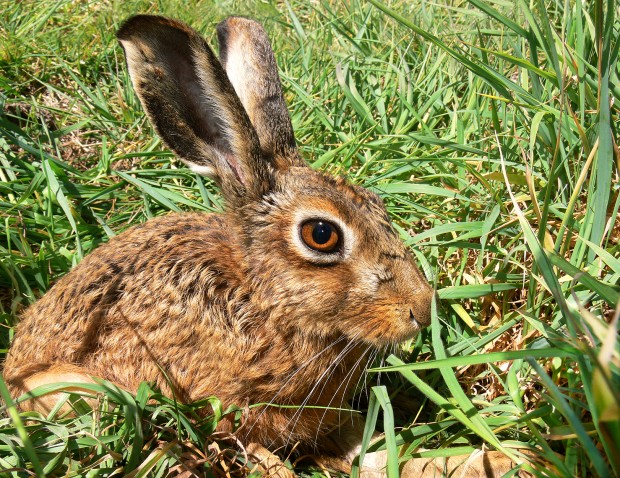 I do have clients whose gardens are on Lake Saint Clair. She has a not a rabbit or two, but a population living in her yard. She would do just about anything to keep rabbits out of her garden. They would keep her perennial gardens mowed down, if they had the chance. Every day, from spring until fall, they are eating something. I have only seen a rabbit, and rabbit damage twice in my yard, in over 20 years. I consider myself lucky. Pictured above-a brown hare.
I do have clients whose gardens are on Lake Saint Clair. She has a not a rabbit or two, but a population living in her yard. She would do just about anything to keep rabbits out of her garden. They would keep her perennial gardens mowed down, if they had the chance. Every day, from spring until fall, they are eating something. I have only seen a rabbit, and rabbit damage twice in my yard, in over 20 years. I consider myself lucky. Pictured above-a brown hare.
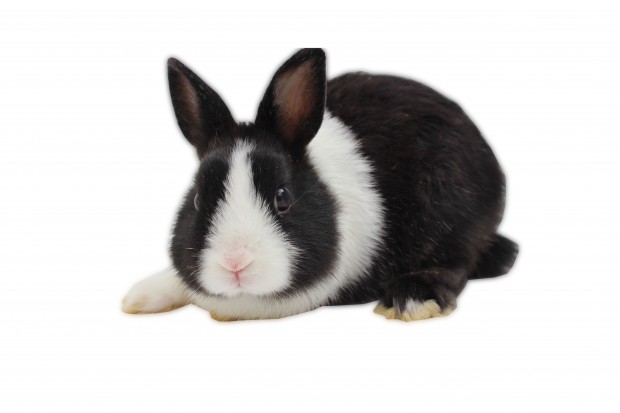 The natural world does not come with any guidelines, suggestions, or guarantees. It is up to the individual gardener to craft a truce, or wage a war with the rabbits. I did spray my crocus with the most foul smelling natural rabbit repellent I could find. I was not interested in letting the rabbits rob me of my enjoyment of the crocus. I have not seen any damage since. As for my stuffed toy Easter rabbits from Buck, I have many. 12 years worth. I am not complaining. The rabbits and bunnies from him do not have any bad habits. As for the lop Dutch dwarf rabbit from Sky Bird Sales in the UK pictured above, he looks completely benign.
The natural world does not come with any guidelines, suggestions, or guarantees. It is up to the individual gardener to craft a truce, or wage a war with the rabbits. I did spray my crocus with the most foul smelling natural rabbit repellent I could find. I was not interested in letting the rabbits rob me of my enjoyment of the crocus. I have not seen any damage since. As for my stuffed toy Easter rabbits from Buck, I have many. 12 years worth. I am not complaining. The rabbits and bunnies from him do not have any bad habits. As for the lop Dutch dwarf rabbit from Sky Bird Sales in the UK pictured above, he looks completely benign.
 I suspect that if my client could arrange to have the rabbits to a sumptous dinner spread of her own making every day, in exchange for them leaving her garden be, she would do it. Gardeners are a dedicated lot. But so are the rabbits.
I suspect that if my client could arrange to have the rabbits to a sumptous dinner spread of her own making every day, in exchange for them leaving her garden be, she would do it. Gardeners are a dedicated lot. But so are the rabbits.
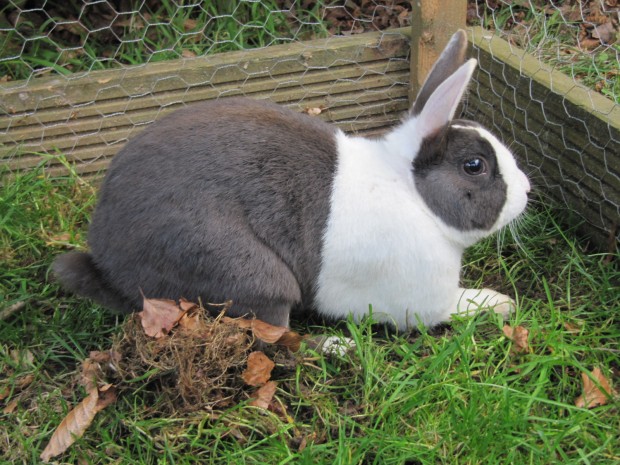 Will I ever get used to the destruction rabbits do to the garden? Not likely. They slice stems off that they do not have the good manners to eat. This is infuriating. But I did enjoy taking some time to read about rabbits. They are a very diverse group. Pictured above is Freddie, from Sheffield Rabbits in the UK. To follow are more photographs of rabbits I encountered in my reading yesterday-all of them as cute as could be.
Will I ever get used to the destruction rabbits do to the garden? Not likely. They slice stems off that they do not have the good manners to eat. This is infuriating. But I did enjoy taking some time to read about rabbits. They are a very diverse group. Pictured above is Freddie, from Sheffield Rabbits in the UK. To follow are more photographs of rabbits I encountered in my reading yesterday-all of them as cute as could be.
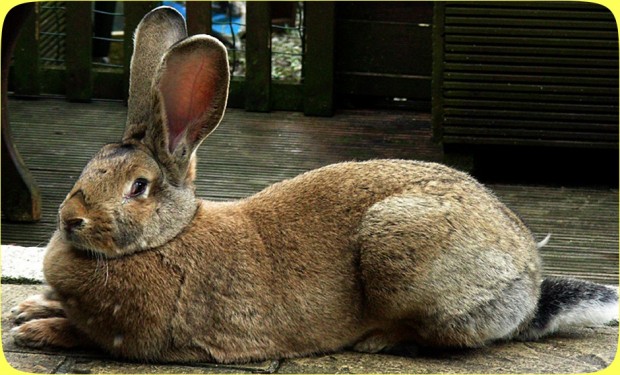 Continental giant rabbit from Rossendale giants
Continental giant rabbit from Rossendale giants
 The mad march hares, doing their spring dance.
The mad march hares, doing their spring dance.
 Runt and Paxie-can you tell who is who?
Runt and Paxie-can you tell who is who?
